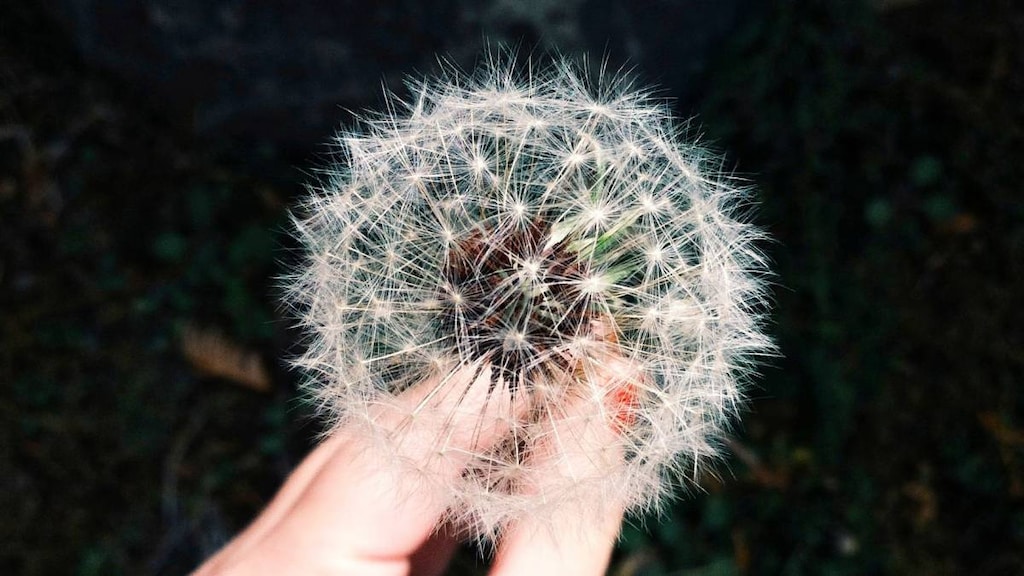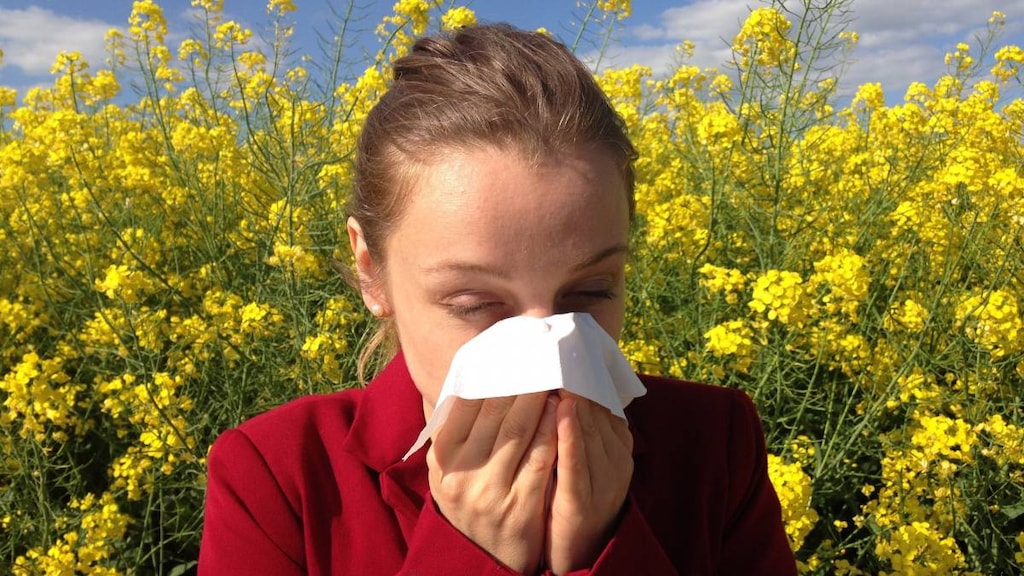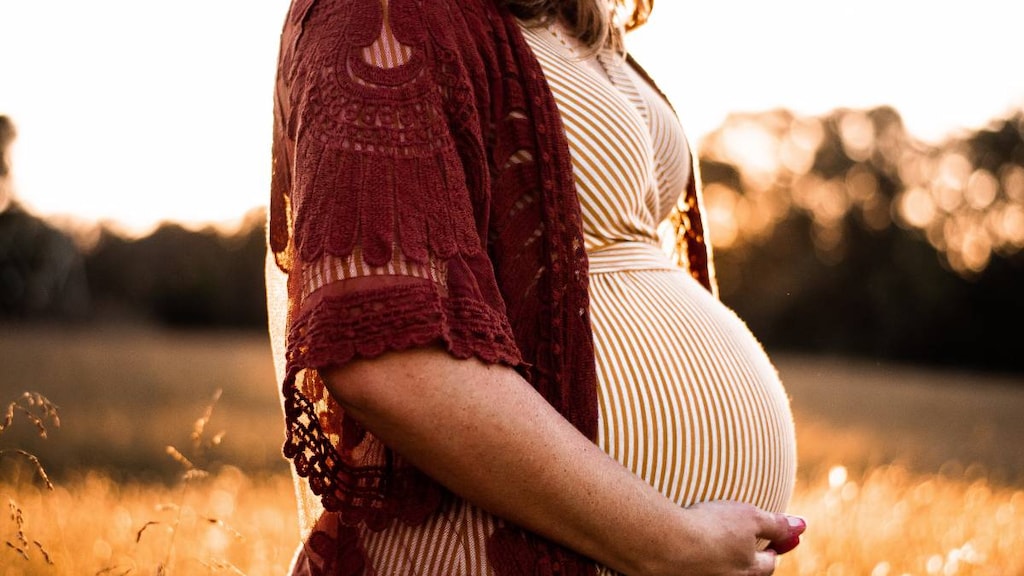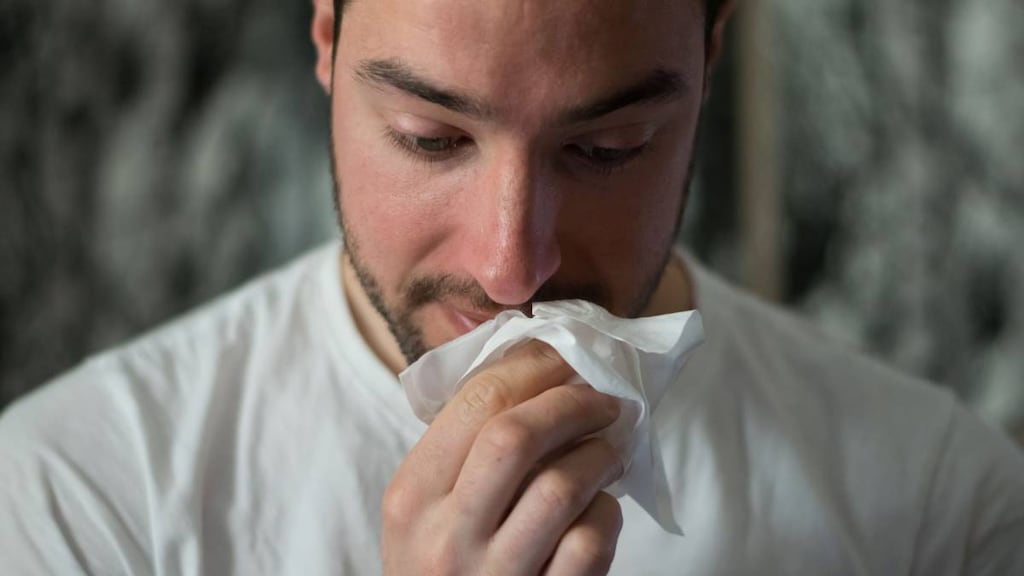Seasonal Allergies: Common Causes And Treatment Options

If you suffer from seasonal allergies, then you’re all too familiar with the symptoms and how they can take over your life. All the beauty of spring — blooming flowers and budding leaves — is accompanied by the sniffling, sneezing unpleasantness of hay fever. And if you’re allergic to fall allergens like ragweed, pigweed and others, you can expect a similar fate when the leaves start to turn.
When allergies usually occur
Seasonal allergies strike different people at different times. Though if you’re particularly unlucky, you may suffer through more than one season of allergies each year. Spring allergies might be the most common, although seasonal allergy symptoms strike a large number of people in the fall as well. Also, spring allergies may be a bit of a misnomer. The Nemours Foundation, a nonprofit organization dedicated to children’s health, notes that the tree pollination that irritates many people can begin as early as February in the mid-Atlantic states. And grass pollination, another common cause of spring hay fever, tends to go on well into June.
For those who fight the symptoms of fall allergies, the typical time window tends to run from August into October, the Nemours Foundation says. Weeds are the most common culprit for people who cope with fall allergies. According to the American College of Allergy, Asthma & Immunology (ACAAI), ragweed specifically is the worst offender among fall allergens.
Typical symptoms of seasonal allergies
If you struggle with seasonal allergies, then you probably know all the unpleasant symptoms that can develop. The Asthma and Allergy Foundation of America (AAFA) says the most typical symptoms include sneezing, stuffy nose (congestion), itchiness in the eyes or nose, runny nose and postnasal drip — that unpleasant sensation of having mucus in the throat.
For some, the reactions to seasonal allergies can be even more severe. For example, the American Academy of Pediatrics notes that red, itchy skin rashes are another common symptom of seasonal allergies that can occur in many people. These often develop in the creases of the skin, on the wrists and ankles or other locations around the body. In some cases, these rashes indicate the presence of eczema, or atopic dermatitis.
The other main symptom types that tend to occur with seasonal allergies are difficulty breathing and asthma attacks. The American Academy of Pediatrics notes that 60- to 80 percent of children who have asthma also have allergies, and allergens are the most common asthma trigger for this group. Other possible asthma triggers include air pollution, cold air, exercise, viruses and some kinds of fumes.
Common seasonal allergy causes
Some allergy triggers are allergens that are always present and are not necessarily related to the changing seasons. This includes causes like pets, fungi, molds, dust, certain materials like latex, bacterial enzymes and food. However, when you’re talking specifically about seasonal allergies, the ACAAI notes that the offending trigger is usually a plant that happens to be in bloom at that time.
In the spring or early summer, this typically involves plants such as trees, flowers and grasses, the ACAAI says. And in the fall, it’s often weeds, including the following common allergy triggers:
- ragweed
- cocklebur
- lamb’s-quarter
- pigweed
- tumbleweed
- russian thistle
- sagebrush
- mugwort
- burning bush
Typically, these allergens tend to be worse in the morning hours, when pollen levels peak. Windy and warm days also tend to send pollen counts soaring. Allergy triggers such as ragweed, grass or trees are at their highest when the nights are cool and the days are warm. Also, while pollen counts tend to go down when it rains, they also usually come roaring back quickly after a rain.
How to avoid seasonal allergy triggers
Like many other medical conditions, prevention may be the best approach when it comes to seasonal allergies. Specifically, the Mayo Clinic notes that there are a number of basic strategies you can employ to avoid seasonal allergy triggers and keep yourself safe when pollen counts are soaring. Here are a few strategies to try.
- Stay indoors. When pollen counts are at their highest, particularly in the morning or on dry, windy days, your best bet may be to avoid the outdoors altogether. If you have a loved one or older child in your household who is capable of mowing, pulling weeds and doing other outdoor chores on those days, then delegate those responsibilities to him or her.
- Minimize your exposure. If you are in a situation where you need to work outside during the peak of allergy season, there are still steps you can take to protect yourself from offending allergens. One key strategy is to wear a pollen mask to prevent inhaling potential triggers. After working outside, it’s also a good idea to change clothes and take a shower to start fresh and allergen-free after your outdoor session. Of course, it also helps to plan activities such as exercise or yard work for the evenings, when the pollen count is typically lower.
- Secure the home. You may not be able to control the outdoors, but you can try to limit how allergy triggers make their way into your home. By keeping windows and doors closed and relying on air conditioning, you can prevent allergens from infiltrating. Items such as high-quality furnace filters, dehumidifiers, portable HEPA filters or vacuums equipped with HEPA filters are also good investments to maintain an allergen-free house.
Seasonal allergy treatments
While prevention is a key piece of the puzzle when it comes to preventing seasonal allergies, allergy treatments are also very important. Many people with seasonal allergies have had good luck preventing their symptoms with minimal side effects by choosing the right allergy medication, the AAFA notes.
- Antihistamines: The most common treatment for many with seasonal allergies is oral or nasal antihistamines. These medications relieve many of the common symptoms of allergies, such as sneezing, runny nose and itchy and watery eyes. Plus, the newest antihistamine formulas are non-drowsy and have significantly fewer side effects than they did in the past.
- Decongestants: Decongestants are nasal sprays or drops that can directly treat stuffiness and open up the nasal passages. The drawback is that these are a short-term solution that should not be taken for longer than a few days at a time, the AAFA says.
- Combination medications: Some allergy medications, such as Claritin-D or Allegra-D, combine both the antihistamine and decongestant in one, the Mayo Clinic notes.
- Other nasal sprays: Nasal corticosteroids and cromolyn sodium are two other nasal allergy medications that have proven effective for some people when other medications don’t seem to work, the AAFA says. But nasal corticosteroids are especially helpful with chronic symptoms, and are not just used when other medications don’t work.
- Immunotherapy: When standard allergy medications do not provide relief, immunotherapy may be an option. This involves taking allergy shots or drops under the tongue at regular intervals at your doctor’s office to get allergy relief over time, the AAFA explains.
- Inhalers or creams: If asthma or skin rashes are present along with seasonal allergy symptoms, other medications to treat these specific symptoms may be needed as well, according to the American Academy of Pediatrics.
There’s no question that seasonal allergies can be frustrating, particularly when you’re in the height of the spring or fall allergy season. By taking a careful approach to preventing your exposure to allergy triggers and treating your symptoms, however, you can be well on your way to finding the relief that you need, even when the pollen count is high.
Article references
- Seasonal allergies: Nip them in the bud, Mayo Clinic, 2019, https://www.mayoclinic.org/diseases-conditions/hay-fever/in-depth/seasonal-allergies/art-20048343
- Seasonal Allergies, American College of Allergy, Asthma & Immunology, 2019, https://acaai.org/allergies/seasonal-allergies
- Seasonal Allergies (Hay Fever), Nemours Foundation, 2016, https://kidshealth.org/en/parents/seasonal-allergies.html
- Rhinitis (Nasal Allergies), Asthma and Allergy Foundation of America, 2019, https://www.aafa.org/rhinitis-nasal-allergy-hayfever/
- Seasonal Allergies in Children, American Academy of Pediatrics, 2015, https://www.healthychildren.org/English/health-issues/conditions/allergies-asthma/Pages/Seasonal-Allergies-in-Children.aspx
- Allergy Treatment, Asthma and Allergy Foundation of America, 2019, https://www.aafa.org/allergy-treatments/




